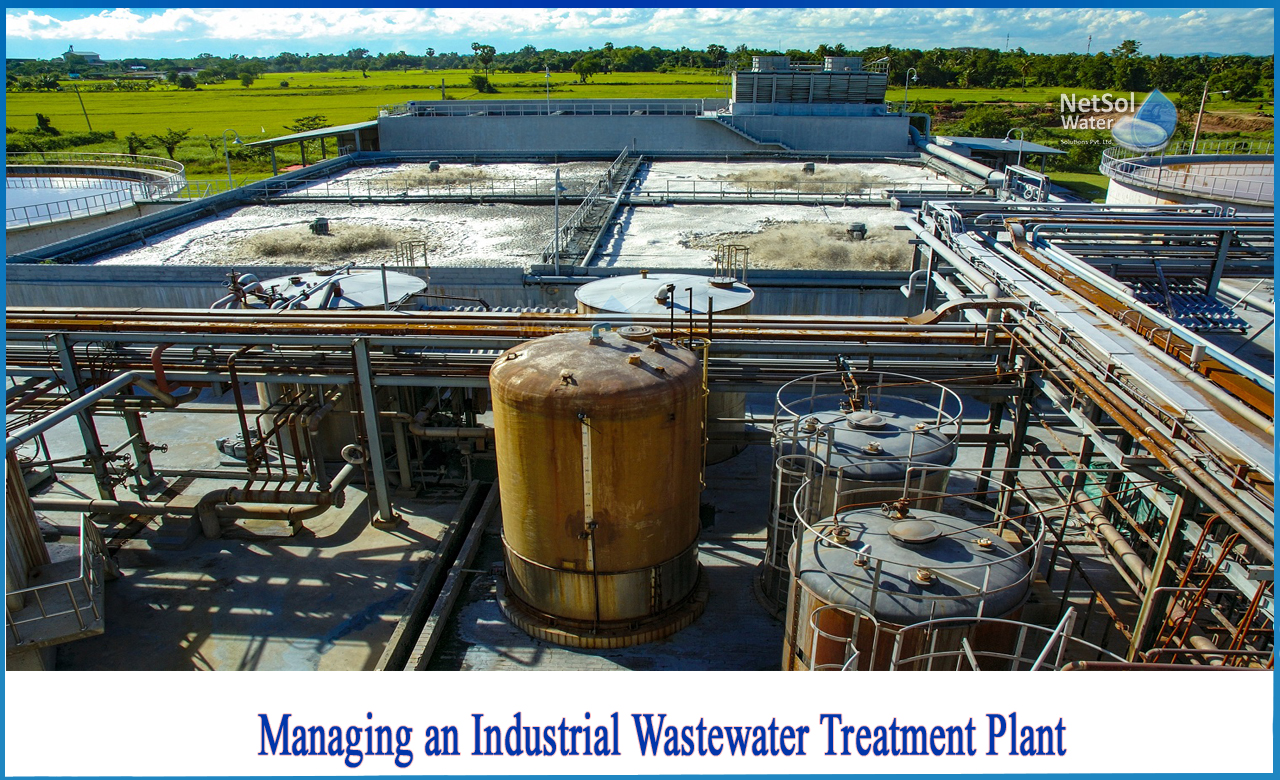Industrial Waste Water Treatment-- Lasting Solutions for Industrial Water Administration
Industrial Waste Water Treatment-- Lasting Solutions for Industrial Water Administration
Blog Article
Advancements and Developments in Industrial Waste Water Treatment Technologies
The landscape of industrial wastewater treatment is undergoing a transformative shift, driven by advancements that boost both efficiency and sustainability. As regulatory requirements develop, the combination of AI and equipment discovering into wastewater administration systems assures to guarantee and improve operations compliance.
Review of Waste Water Treatment Technologies
Wastewater treatment modern technologies include a variety of methods created to remove contaminants from industrial effluents before their launch into the setting. These modern technologies are essential for keeping eco-friendly equilibrium and ensuring compliance with environmental laws. The primary classifications of wastewater treatment include physical, chemical, and biological techniques, each serving distinct purposes based upon the nature of the pollutants existing.

Biological therapy approaches utilize microbes to weaken raw material, making them specifically efficient for organic-rich effluents. Methods like turned on sludge and biofilm reactors harness the all-natural degradation capabilities of bacteria, leading to substantial reductions in biochemical oxygen need (FIGURE)
Advanced Filtering Strategies
Advanced filtering methods represent a crucial development in the realm of commercial wastewater treatment, boosting the effectiveness of pollutant removal procedures. Industrial Waste Water Treatment. These methods include a variety of modern technologies, consisting of microfiltration, ultrafiltration, nanofiltration, and reverse osmosis, which offer sequential barriers for various fragment dimensions and chemical structures
Microfiltration and ultrafiltration use membrane systems to eliminate put on hold solids, microorganisms, and larger organic particles, enhancing the high quality of effluent prior to more therapy. Nanofiltration connects the void in between ultrafiltration and turn around osmosis, properly getting rid of divalent ions and natural compounds, therefore reducing the tons on downstream processes.
Reverse osmosis supplies the highest level of filtration by allowing just water and small particles to pass with its semi-permeable membrane layers, making it excellent for redeeming high-quality water from commercial effluents. Recent improvements in membrane technology, including the growth of more fouling-resistant and durable products, have actually significantly improved operational performance and decreased costs.
Integrating these advanced filtration strategies not only boosts the total therapy process yet also adds to sustainability efforts by allowing water reuse and source recovery in commercial settings. (Industrial Waste Water Treatment)
Organic Treatment Developments

Additionally, the growth of crafted organic systems, such as membrane layer bioreactors (MBRs), integrates organic treatment with innovative membrane purification. This combination permits higher effluent top quality and minimized impact, making it appropriate for space-constrained industrial centers. Technologies in genetically crafted bacteria have actually additionally arised, enhancing the biodegradation of specific impurities, such as pharmaceuticals and hefty steels, that are commonly testing to eliminate.
In addition, the application of bioaugmentation methods, where useful microorganisms are introduced to boost the existing organic therapy processes, has actually revealed appealing cause improving therapy efficiency. These technologies jointly indicate a trend towards even more efficient and lasting biological treatment methods that can adjust to the advancing complexities of industrial wastewater streams. As industries remain to focus on ecological conformity, these biological technologies will play a vital duty in wastewater monitoring.

Resource Recuperation Methods
In commercial settings, the assimilation of source recovery approaches has actually become increasingly important for improving sustainability and decreasing waste. These methods focus on drawing out valuable products and power from wastewater streams, thus transforming possible pollutants right into reusable resources.
One prominent strategy is vitamins and mineral recuperation, where nitrogen and phosphorus, typically existing over in wastewater, are caught and exchanged plant foods. this post This not just lowers ecological effects however likewise provides a circular economic climate remedy for farming applications. Additionally, innovations such as anaerobic digestion enable the conversion of organic waste right into biogas, a renewable resource source that can offset fossil gas use in commercial operations.
Additionally, advanced filtration and membrane layer technologies facilitate the recuperation check my reference of industrial byproducts such as salts and steels. These recuperated materials can be rehabilitated into production processes, lowering the requirement for virgin sources.
Future Patterns in Drainage Management
As sectors progressively focus on sustainability, the future of wastewater administration is readied to undergo substantial transformations. Technological advancements, such as synthetic knowledge and device discovering, will enable more effective tracking and monitoring of wastewater systems. These modern technologies can predict maintenance needs, maximize treatment procedures, and improve decision-making, ultimately minimizing operational expenses and ecological influence.
Moreover, the combination of circular economy concepts will certainly play an essential function in wastewater management. Industries are anticipated to move in the direction of systems that not just deal with wastewater however likewise recover important sources, such as nutrients, water, and energy. This shift will certainly reduce waste and advertise the reuse of materials, straightening with international sustainability objectives.
Emerging treatment strategies, such as membrane bioreactors and advanced oxidation procedures, will certainly additionally boost the efficiency of wastewater treatment, enabling higher see this site top quality effluents suitable for reuse. Additionally, regulative frameworks are likely to advance, highlighting stricter criteria for wastewater discharge and encouraging markets to embrace innovative treatment options.
Final Thought
In conclusion, the advancement of commercial wastewater therapy innovations demonstrates a substantial change towards boosted efficiency and sustainability (Industrial Waste Water Treatment). Advancements in advanced purification strategies, biological therapies, and resource recuperation techniques highlight the industry's dedication to ecological stewardship.
The landscape of commercial wastewater treatment is undertaking a transformative change, driven by developments that enhance both performance and sustainability.Wastewater therapy modern technologies encompass a variety of approaches made to eliminate impurities from commercial effluents prior to their launch right into the environment.Utilizing the power of biological processes has actually led to substantial advancements in the therapy of industrial wastewater.Additionally, the execution of bioaugmentation methods, where advantageous microbes are presented to enhance the existing organic therapy procedures, has shown appealing outcomes in improving therapy efficiency. These technologies jointly symbolize a fad towards more lasting and reliable organic treatment methods that can adapt to the progressing complexities of industrial wastewater streams.
Report this page